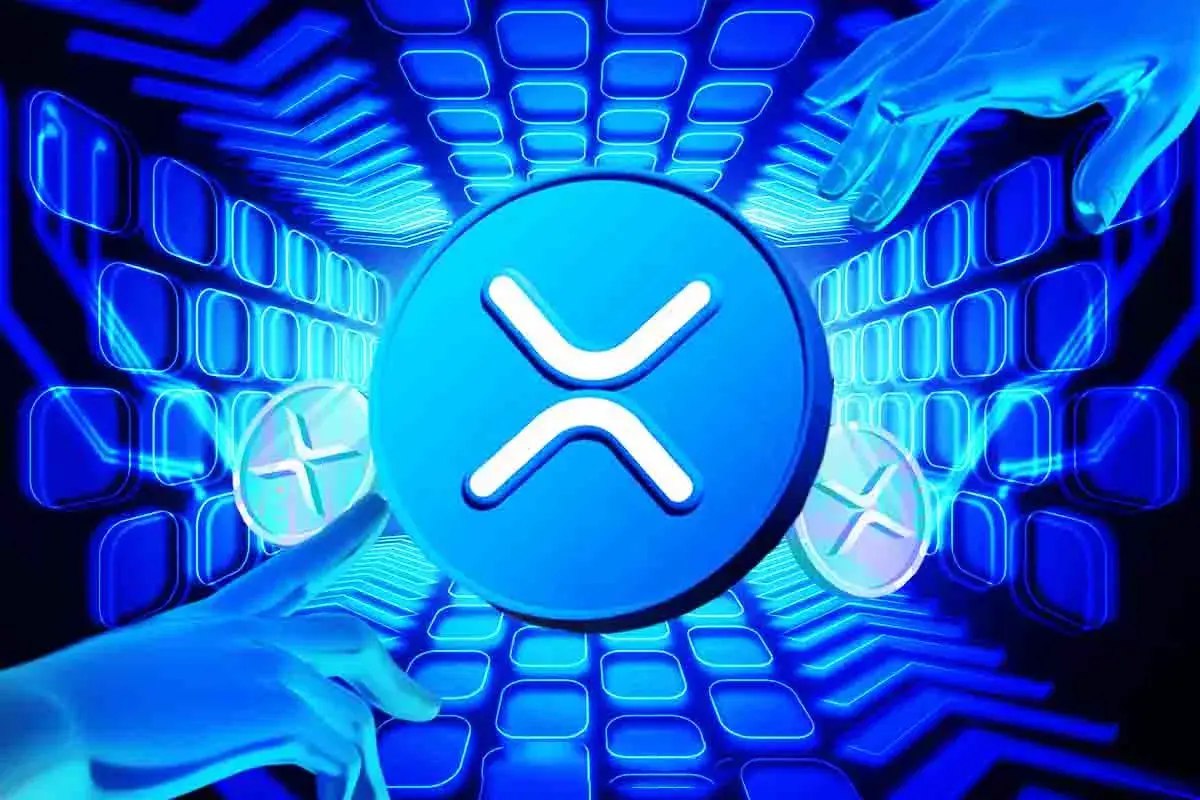In a landmark announcement at the Apex 2025 summit in Singapore, Ripple’s Chief Technology Officer David Schwartz revealed that the XRP Ledger (XRPL) is on track to launch an Ethereum Virtual Machine (EVM)-compatible sidechain in the second quarter of this year. The development represents a significant milestone for XRPL and signals a bold push toward interoperability with the world’s most widely used smart contract platform — Ethereum.
The move, years in the making, is aimed at bringing Ethereum-compatible smart contracts to XRPL’s ecosystem, enabling developers to build decentralized applications (dApps), decentralized finance (DeFi) protocols, and more, using familiar Ethereum tools like Solidity and MetaMask — all while harnessing the XRP Ledger’s native strengths: speed, low transaction costs, and finality.
A Strategic Pivot Toward Interoperability
Schwartz, speaking to a packed room of developers and blockchain enthusiasts at the developer-focused Apex 2025 event, emphasized that the decision to pursue EVM compatibility was driven by the growing need for cross-chain functionality and developer flexibility.
“The future of blockchain isn’t a zero-sum game — it’s multichain,” Schwartz stated. “Developers want the freedom to use the tools they know without being locked into a single ecosystem. The EVM sidechain brings that freedom to XRPL.”
XRPL was originally conceived as a fast and energy-efficient ledger optimized for payments, boasting features like built-in decentralized exchange (DEX) capabilities and support for tokenization. However, its lack of Turing-complete smart contracts has long been seen as a limitation when compared to programmable platforms like Ethereum.
The upcoming EVM-compatible sidechain seeks to address that limitation head-on.
What the Sidechain Will Do
The EVM sidechain will effectively act as a parallel network to the main XRP Ledger, operating independently while still being connected via a secure bridging mechanism. Developers will be able to deploy Ethereum-native applications on the sidechain, which mirrors the Ethereum execution environment but settles finality through the XRPL.
Some key features include:
- Full EVM compatibility: Use of Solidity smart contracts, Ethereum toolsets (e.g., Truffle, Hardhat), and Metamask integration.
- Bridge to XRPL: A two-way bridge allowing assets to move seamlessly between the mainnet XRPL and the sidechain.
- Scalability and low fees: Transactions on the EVM sidechain are expected to be faster and significantly cheaper than on Ethereum mainnet.
RippleX, the team behind XRPL’s developer infrastructure, has been overseeing the development of the sidechain. The project has been in testnet since late 2023, with several major updates rolled out over the past year to optimize performance, ensure bridge security, and maintain compatibility with Ethereum standards.
Implications for the XRPL Ecosystem
The introduction of Ethereum compatibility could be a game-changer for XRPL, which has traditionally been favored for enterprise and payment-related use cases rather than dApp development.
With the EVM sidechain, XRPL is effectively opening its doors to the broader Ethereum developer community — many of whom are familiar with Solidity and Ethereum’s development stack, but may have been deterred by high gas fees or slow confirmation times on the Ethereum mainnet.
“We’re reducing the barrier to entry for Ethereum developers while giving them access to a new layer of performance and efficiency,” said Emi Yoshikawa, Ripple’s VP of Strategy & Operations, during a panel discussion.
Industry analysts suggest this move could boost activity on XRPL and help attract new developers and projects, particularly those looking to port their dApps to a faster and more cost-efficient environment without rebuilding them from scratch.
Competitive Landscape
Ripple’s move reflects a broader trend across the blockchain space: the convergence of ecosystems through EVM compatibility. Polkadot, Avalanche, Cosmos, and even Bitcoin layer-2s have pursued similar strategies in a bid to remain relevant and accessible to Ethereum-native developers.
By offering EVM functionality without compromising on performance, the XRPL EVM sidechain enters a competitive but growing market of Ethereum-compatible chains vying to offer better scalability, user experience, and lower fees.
“Ethereum may still be the dominant smart contract platform, but it’s no longer the only one,” noted blockchain researcher Alex Yeung of ChainLabs. “XRPL’s sidechain is well-positioned to carve out a niche if it delivers on its promises.”
What Comes Next?
Although a precise date has not been confirmed, developers involved with the project say the mainnet launch is on track for late Q2 2025. A public beta and final security audits are expected to be completed within the next few weeks, according to RippleX engineers.
Following the launch, the team plans to continue upgrading the bridge infrastructure, improve developer tooling, and encourage early builders to deploy dApps and DeFi protocols to test the network’s robustness.


